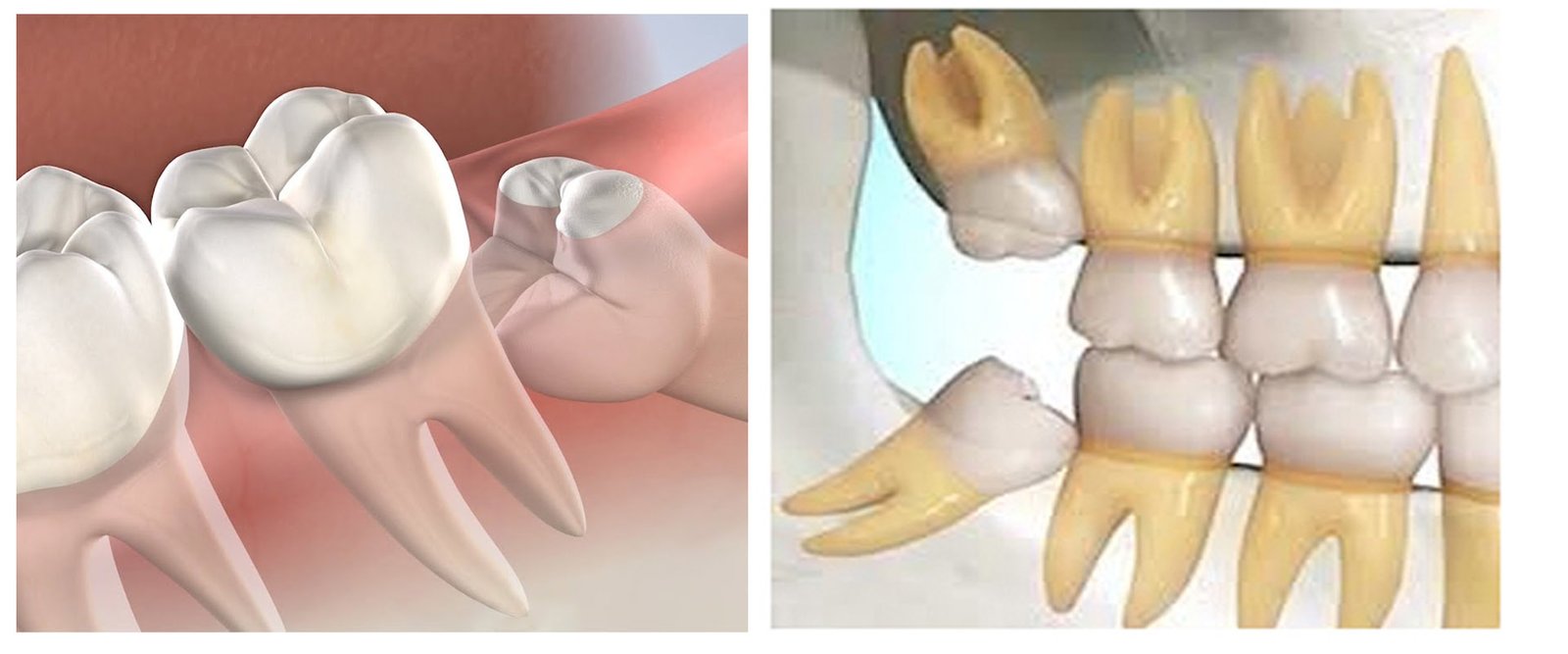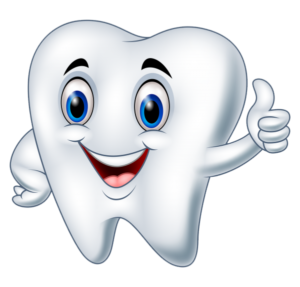
Removal of Impacted Teeth
The removal of impacted teeth is a common oral surgery procedure often necessary to prevent or resolve complications associated with teeth that do not fully emerge from the gums. This condition typically involves wisdom teeth (third molars), but other teeth can also become impacted.
What are Impacted Teeth?
Impacted teeth are teeth that have not erupted into the mouth properly due to lack of space, abnormal position, or obstruction by other teeth. They remain partially or completely trapped beneath the gum and bone, which can lead to various dental issues.
Common Reasons for Impacted Tooth Removal
- Preventing Infection: Impacted teeth can create spaces where bacteria thrive, leading to infections and gum disease.
- Avoiding Damage to Adjacent Teeth: Impacted teeth can press against neighboring teeth, causing damage or shifting them out of alignment.
- Relieving Pain and Discomfort: Impacted teeth can cause significant pain and discomfort.
- Preventing Cysts and Tumors: Cysts or tumors can develop around impacted teeth, potentially damaging the jawbone and nearby teeth.
- Improving Oral Health: Removing impacted teeth can make it easier to maintain good oral hygiene.
The Impacted Tooth Removal Procedure
Consultation and Examination:
- The process begins with a thorough examination by a dentist or oral surgeon, including X-rays or 3D imaging to assess the position of the impacted teeth and plan the removal.
Anesthesia:
- Local anesthesia, sedation, or general anesthesia is administered to ensure comfort during the procedure. The choice of anesthesia depends on the complexity of the extraction and patient preference.
Incision and Access:
- The surgeon makes an incision in the gum to expose the impacted tooth and bone. In some cases, a small portion of bone overlying the tooth may need to be removed.
Tooth Removal:
- If the tooth is fully impacted, it may be broken into smaller pieces for easier removal. The surgeon carefully extracts the tooth, ensuring minimal trauma to the surrounding tissues.
Cleaning and Suturing:
- The extraction site is cleaned to remove any debris or bone fragments. The gum incision is then closed with stitches, which may dissolve on their own or require removal later.
Post-Operative Care:
- Gauze is placed over the extraction site to control bleeding. Post-operative instructions are provided to ensure proper healing and minimize complications.
Recovery and Aftercare
- Pain Management: Prescription or over-the-counter pain medications may be recommended to manage discomfort.
- Swelling Reduction: Applying ice packs to the outside of the face can help reduce swelling.
- Diet: Stick to soft foods and avoid hot, spicy, or crunchy foods that can irritate the extraction site.
- Oral Hygiene: Gently rinse your mouth with salt water, but avoid vigorous rinsing or brushing near the extraction site for the first few days.
- Activity: Rest and avoid strenuous activities for a few days following surgery to promote healing.
Potential Complications
- Dry Socket: A painful condition where the blood clot at the extraction site dislodges, exposing the bone and nerves.
- Infection: Signs of infection include persistent pain, swelling, or discharge from the extraction site.
- Nerve Injury: Temporary or permanent numbness in the lower lip, tongue, or chin can occur if the nearby nerves are affected.
When to Contact Your Dentist or Surgeon
- Persistent or severe pain not relieved by medications.
- Excessive bleeding or swelling.
- Signs of infection such as fever or pus discharge.
- Difficulty breathing or swallowing.
Contact Us
For more information about the removal of impacted teeth or to schedule a consultation, please contact our office. Our experienced team is dedicated to providing safe and effective care to ensure your oral health and comfort.



